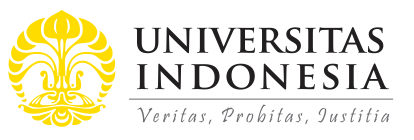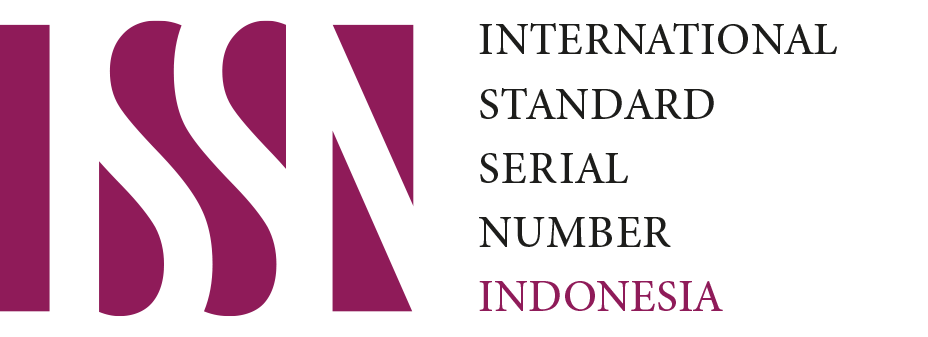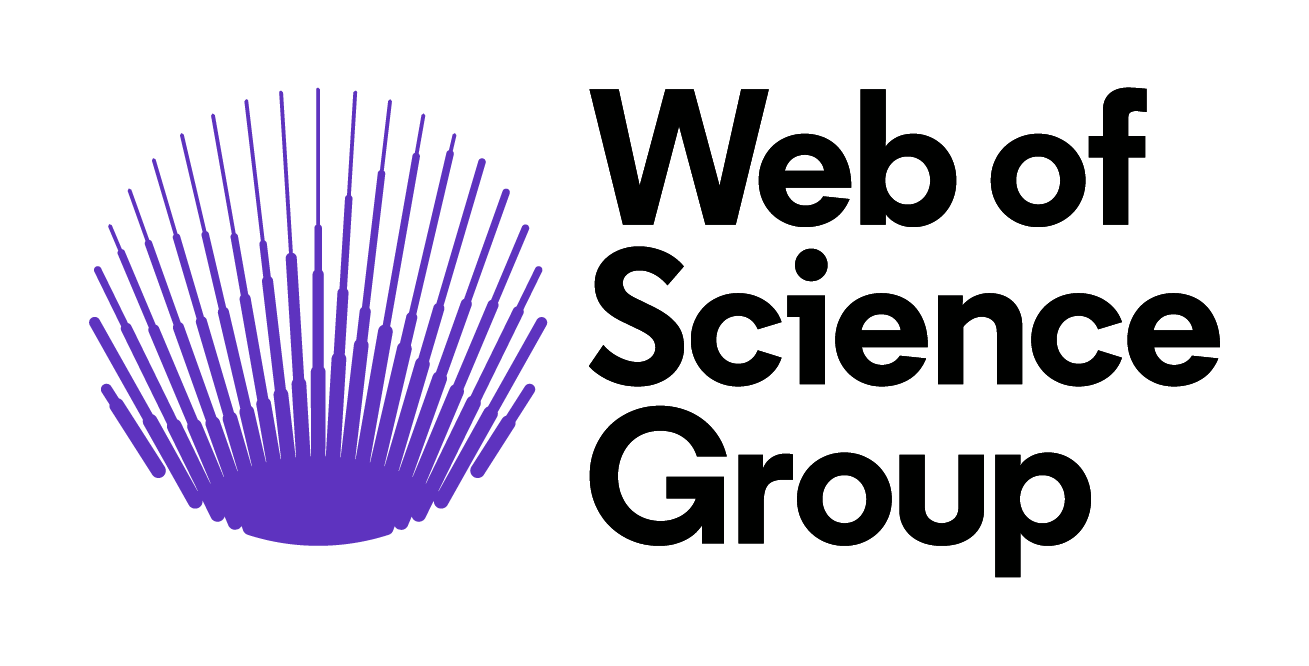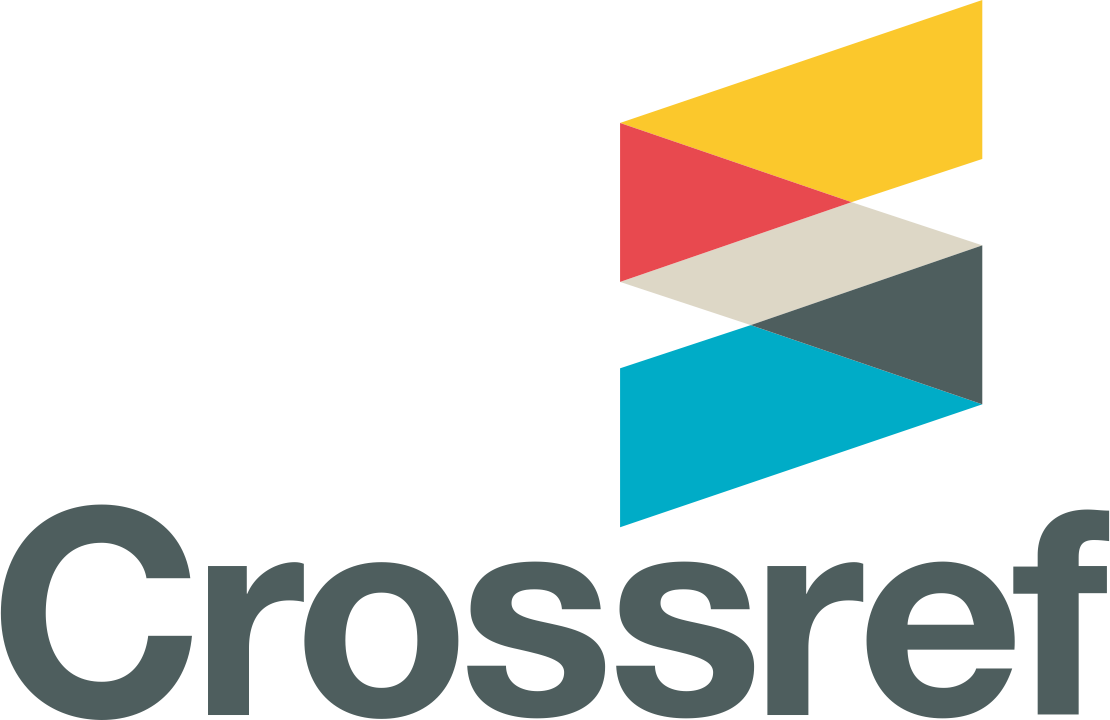Abstract
This study aims to investigate the relationship between financial obstacles and the capacity utilization of manufacturing firms. This study departs from previous studies in the literature by employing Bayesian linear regression analysis. The results demonstrate that financial constraints have a considerable negative effect on the capacity utilization of manufacturing enterprises, but access to credit lines has a positive effect. The sample consists of 1,494 private manufacturing firms in 31 Europe & Central Asian countries. Financial obstacles were perceived as the major impediment to business operations by 65% of the enterprises in the survey. Furthermore, 52% of enterprises in the sample have access to loans from financial institutions, while 47% have no access to credit lines. This suggests that the manufacturing sector's ability to access financial market resources and overcome financial obstacles serves as both the sector's lifeblood and a major hurdle.
References
Ahn, J., & McQuoid, A. F. (2017). Capacity constrained exporters: Identifying increasing marginal cost. Economic Inquiry, 55(3), 1175–1191.
Amrhein, V., Trafimow, D., & Greenland, S. (2019). Inferential statistics as descriptive statistics: There is no replication crisis if we don’t expect replication. The American Statistician, 73(sup1), 262–270.
Block, J. H., Jaskiewicz, P., & Miller, D. (2011). Ownership versus management effects on performance in family and founder companies: A Bayesian reconciliation. Journal of Family Business Strategy, 2(4), 232–245.
Braun, M., Briones, I., & Islas, G. (2019). Interlocking directorates, access to credit, and business performance in Chile during early industrialization. Journal of Business Research, 105, 381–388.
Chen, Y., Hua, X., & Boateng, A. (2017). Effects of foreign acquisitions on financial constraints, productivity and investment in R&D of target firms in China. International Business Review, 26(4), 640–651.
Chor, D., & Manova, K. (2012). Off the cliff and back? Credit conditions and international trade during the global financial crisis. Journal of International Economics, 87(1), 117–133.
Dutz, M. A., Almeida, R. K., & Packard, T. G. (2018). The jobs of tomorrow: Technology, productivity, and prosperity in Latin America and the Caribbean. World Bank Publications.
Farre-Mensa, J., & Ljungqvist, A. (2016). Do measures of financial constraints measure financial constraints? The Review of Financial Studies, 29(2), 271–308.
Felipe, J., Mehta, A., & Rhee, C. (2019). Manufacturing matters… but it’s the jobs that count. Cambridge Journal of Economics, 43(1), 139–168.
Fisman, R., & Love, I. (2003). Trade credit, financial intermediary development, and industry growth. The Journal of Finance, 58(1), 353–374.
Flegal, J. M., Haran, M., & Jones, G. L. (2008). Markov chain Monte Carlo: Can we trust the third significant figure? Statistical Science, 250–260.
Fowowe, B. (2017). Access to finance and firm performance: Evidence from African countries. Review of Development Finance, 7(1), 6–17. https://doi.org/10.1016/j.rdf.2017.01.006
Ganau, R. (2016). Productivity, credit constraints and the role of short-run localization economies: Micro-evidence from Italy. Regional Studies, 50(11), 1834–1848.
Greenwood, J., Hercowitz, Z., & Huffman, G. W. (1988). Investment, capacity utilization, and the real business cycle. The American Economic Review, 402–417.
Haraguchi, N. (2015). Patterns of structural change and manufacturing development. In Routledge handbook of industry and development (pp. 52–78). Routledge.
Kruschke, J. (2014). Doing Bayesian data analysis: A tutorial with R, JAGS, and Stan.
Liu, Z., & Wang, P. (2014a). Credit constraints and self-fulfilling business cycles. American Economic Journal: Macroeconomics, 6(1), 32–69.
Liu, Z., & Wang, P. (2014b). Credit constraints and self-fulfilling business cycles. American Economic Journal: Macroeconomics, 6(1), 32–69.
Manova, K. (2013). Credit constraints, heterogeneous firms, and international trade. Review of Economic Studies, 80(2), 711–744.
Mayordomo, S., Moreno, A., Ongena, S., & Rodriguez-Moreno, M. (2021). Bank capital requirements, loan guarantees and firm performance. Journal of Financial Intermediation, 45, 100825.
McShane, B. B., Gal, D., Gelman, A., Robert, C., & Tackett, J. L. (2019). Abandon statistical significance. The American Statistician, 73(sup1), 235–245.
Nam, P. H., Ngoc Thach, N., Van Tuan, N., Nhat, N. M., & Nhung, P. T. H. (2022). Does Internal Control Affect Bank Profitability in Vietnam? A Bayesian Approach. In N. Ngoc Thach, V. Kreinovich, D. T. Ha, & N. D. Trung (Eds.), Financial Econometrics: Bayesian Analysis, Quantum Uncertainty, and Related Topics (pp. 219–238). Springer International Publishing. https://doi.org/10.1007/978-3-030-98689-6_14
Ndiaye, N., Abdul Razak, L., Nagayev, R., & Ng, A. (2018). Demystifying small and medium enterprises’ (SMEs) performance in emerging and developing economies. Borsa Istanbul Review, 18(4), 269–281. https://doi.org/10.1016/j.bir.2018.04.003
Nikiforos, M., & Foley, D. K. (2012). Distribution and capacity utilization: Conceptual issues and empirical evidence. Metroeconomica, 63(1), 200–229.
Oanh, T. T. K., Diep, N. V., Truyen, P. T., & Chau, N. X. B. (2022). The impact of public expenditure on economic growth of provinces and cities in the Southern Key Economic Zone of Vietnam: Bayesian approach. Prediction and Causality in Econometrics and Related Topics, 328–344.
Permai, S. D., & Tanty, H. (2018). Linear regression model using bayesian approach for energy performance of residential building. Procedia Computer Science, 135, 671–677.
Roberts, G. O., & Rosenthal, J. S. (2001). Optimal scaling for various Metropolis-Hastings algorithms. Statistical Science, 16(4), 351–367.
Ruiz-Ruano García, A. M., & López Puga, J. (2018). Deciding on Null Hypotheses using P-values or Bayesian alternatives: A simulation study. Psicothema.
Schoder, C. (2014). Effective demand, exogenous normal utilization and endogenous capacity in the long run: Evidence from a cointegrated vector autoregression analysis for the USA. Metroeconomica, 65(2), 298–320.
Talberg, M., Winge, C., Frydenberg, S., & Westgaard, S. (2008). Capital structure across industries. International Journal of the Economics of Business, 15(2), 181–200.
Thach, N. N. (2021). How Values Influence Economic Progress? Evidence from South and Southeast Asian Countries. In N. Ngoc Thach, V. Kreinovich, & N. D. Trung (Eds.), Data Science for Financial Econometrics (pp. 207–221). Springer International Publishing. https://doi.org/10.1007/978-3-030-48853-6_15
Tian, X.-L. (2016a). Participation in export and Chinese firms’ capacity utilization. The Journal of International Trade & Economic Development, 25(5), 757–784.
Tian, X.-L. (2016b). Participation in export and Chinese firms’ capacity utilization. The Journal of International Trade & Economic Development, 25(5), 757–784.
Wang, C., Zhao, S., Zheng, H., & Bai, Y. (2022). Does Financial Constraint Hinder Firm Growth? Emerging Markets Finance and Trade, 58(15), 4195–4206.
Wasserstein, R. L., Schirm, A. L., & Lazar, N. A. (2019). Moving to a world beyond “p< 0.05.” In The American Statistician (Vol. 73, Issue sup1, pp. 1–19). Taylor & Francis.
Recommended Citation
Hassan, Arab Dahir and Ozcan, Razim
(2023)
"Assessing the impact of Financial Obstacles on Manufacturing Firm's capacity utilization: Bayesian Approach,"
The Indonesian Capital Market Review: Vol. 15:
No.
1, Article 5.
DOI: 10.21002/icmr.v15i1.1156
Available at:
https://scholarhub.ui.ac.id/icmr/vol15/iss1/5
Included in
Econometrics Commons, Finance Commons, Finance and Financial Management Commons, Industrial Organization Commons, Management Sciences and Quantitative Methods Commons












